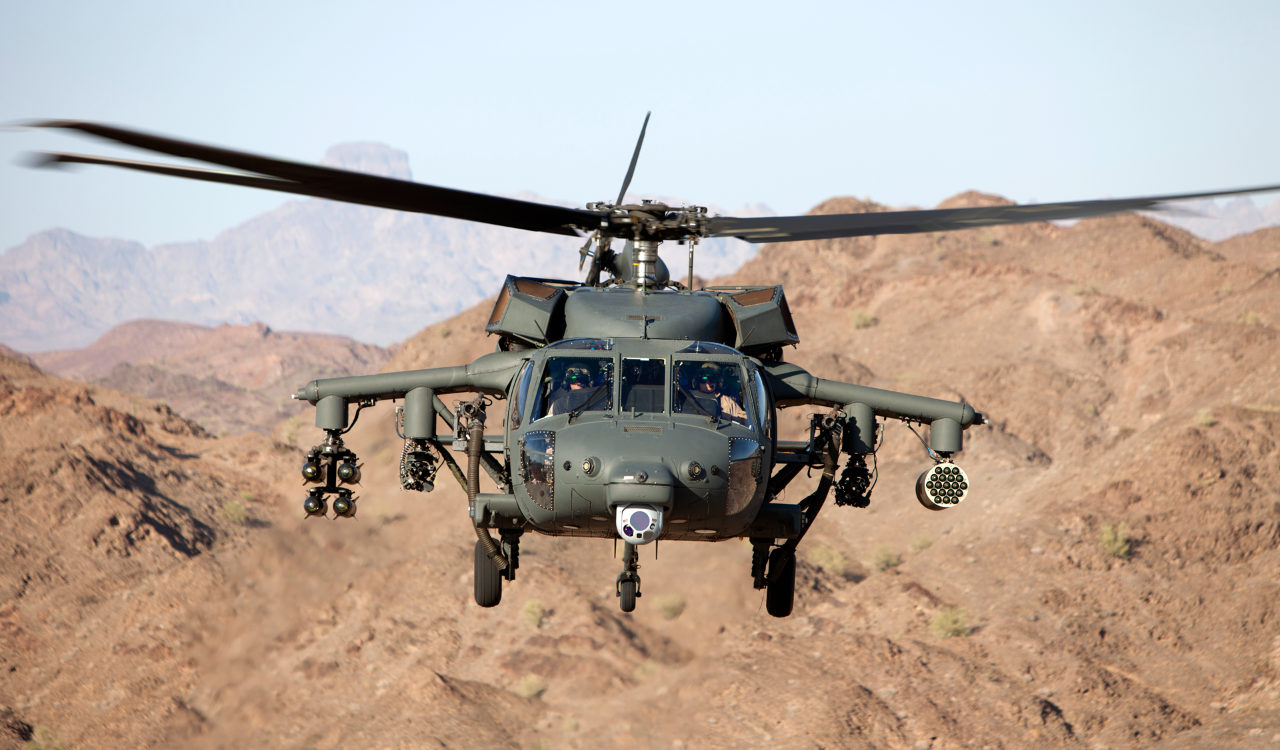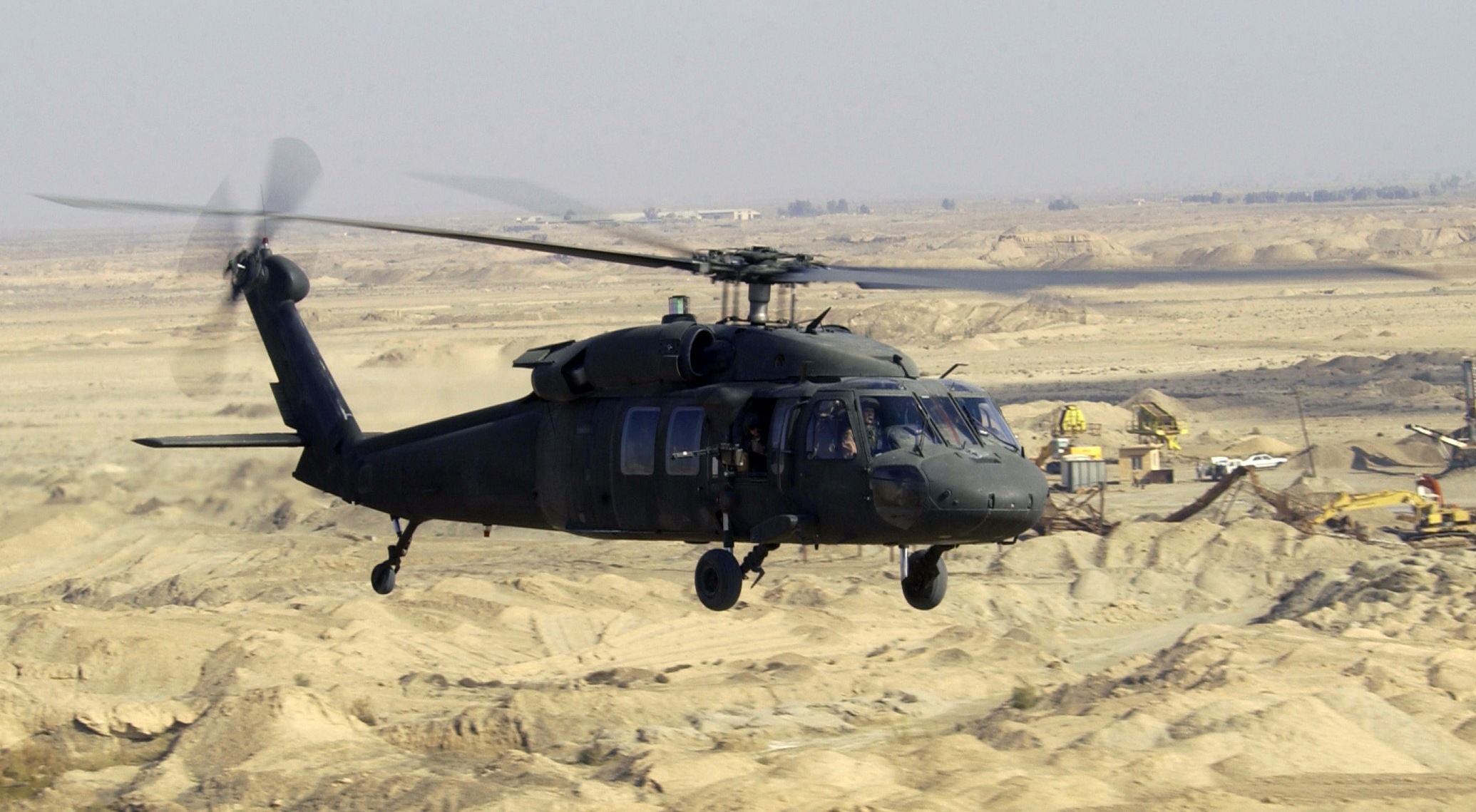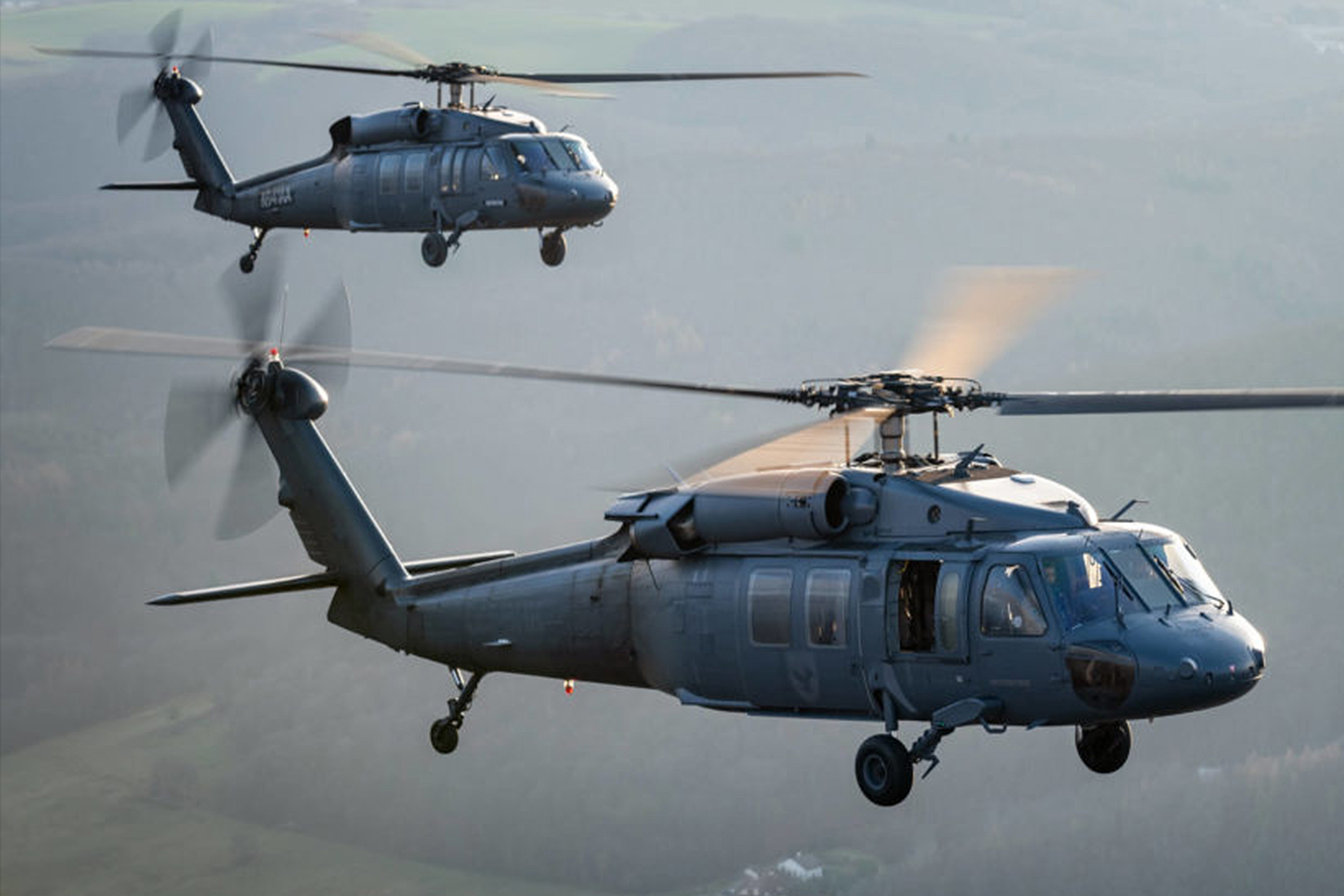UH 60 Helicopter Demystified: A Closer Check Out Its Advantages and Core Parts
The UH-60 helicopter, frequently shrouded in a veil of secret, stands as a powerful aircraft with a myriad of advantages that make it an important asset in both military and noncombatant procedures. From its durable engine and propulsion system to its complex avionics and communication equipment, the UH-60 is a wonder of contemporary engineering. Furthermore, its architectural layout and innovative products play a crucial duty in its efficiency and toughness. As we look into the core elements and operational capacities of this functional helicopter, a much deeper understanding of its importance in numerous markets emerges, dropping light on its critical duty in air travel.
Benefits of UH-60 Helicopter
The UH-60 helicopter stands out for its phenomenal flexibility and integrity in a wide variety of objectives. Among its key advantages is its capability to adapt to numerous roles, such as troop transportation, clinical evacuation, search and rescue, and fight assistance. This adaptability makes it a valuable asset to military forces worldwide. Another advantage of the UH-60 is its remarkable performance abilities. With a top speed of over 150 knots and a variety of about 320 maritime miles, the UH-60 can swiftly move personnel and equipment over cross countries. In addition, its innovative avionics and navigating systems enhance situational awareness, making it possible for pilots to operate safely in diverse environments, including unfavorable climate condition and harsh surfaces. The UH-60's long lasting building and powerful engines contribute to its reliability, making sure that it can efficiently perform objectives in even the most challenging conditions. Overall, the UH-60 helicopter's adaptability, efficiency, and integrity make it a recommended selection for a large variety of operational requirements.

Engine and Propulsion System
Engineered to drive the UH-60 helicopter with the skies with accuracy and power, the engine and propulsion system form an essential part of its functional effectiveness. The UH-60 is powered by 2 General Electric T700-GE-701D engines, each efficient in supplying up to 1,890 shaft horsepower. This engine arrangement not just supplies the required drive for the helicopter's lift and ahead motion however additionally makes sure redundancy for safety in situation one engine fails. The UH-60's propulsion system consists of a four-bladed main rotor system and a tail blades, which work in tandem to give stability, ability to move, and control during trip. The main blades generates lift, while the tail blades neutralizes the torque created by the major blades to avoid the helicopter from spinning frantically. Together, the engine and propulsion system allow the UH-60 to perform a large range of goals, consisting image source of troop transport, medical discharge, and search and rescue procedures, with reliability and performance.

Avionics and Interaction Equipment
Avionics and interaction tools play a critical role in improving the functional capabilities and situational understanding of the UH-60 helicopter. uh-60 blackhawk. The UH-60 is geared up with advanced avionics systems that consist of electronic display screens, interaction radios, navigation systems, and mission-specific devices. These systems offer the aircrew with crucial details such as aircraft efficiency information, navigation assistance, weather updates, and interaction networks to interact with ground control and other airplane
One trick part of the avionics suite is the Multi-Function Display (MFD), which settles important flight info onto a solitary display, reducing the pilot's workload and enhancing situational recognition. The UH-60 likewise features an advanced interaction system that permits Bonuses smooth coordination between crew members and external companies.
Moreover, the helicopter is outfitted with radar systems for surface mapping and threat detection, improving its capability to run in varied settings. Overall, the combination of innovative avionics and interaction tools guarantees that the UH-60 stays an extremely qualified and efficient system for a vast array of goals.
Architectural Layout and Products
Including sophisticated products and cutting-edge layout strategies, the architectural stability of the UH-60 helicopter is enhanced for performance and toughness. The UH-60's airframe is mostly built from lightweight yet robust materials such as light weight aluminum and compound fibers. These materials provide a high strength-to-weight ratio, essential for guaranteeing the helicopter's maneuverability and architectural resilience during trip procedures.
The helicopter's main rotor blades are typically made from composite products, offering enhanced stamina and tiredness resistance contrasted to typical metal blades (uh-60 blackhawk). This layout selection contributes to improved wind resistant efficiency and minimizes upkeep requirements with time

Role in Military and Civilian Operations
The architectural style and materials of the UH-60 helicopter play a pivotal role in determining its performance and adaptability in both armed forces and private operations. In army setups, the UH-60, likewise known as the Black Hawk, serves a broad array of essential functions.
In private procedures, the UH-60 is frequently used for emergency clinical services, firefighting, law enforcement support, catastrophe relief efforts, and search and rescue missions. Its capacity to swiftly move employees and freight to remote or otherwise hard to reach locations has actually proven instrumental in conserving lives and providing crucial help during emergencies. The UH-60's dependability and versatility make it a favored option for different private organizations seeking efficient and dependable aerial assistance.
Verdict

Comments on “The Development of UH-60 Blackhawk Helicopter Innovation”